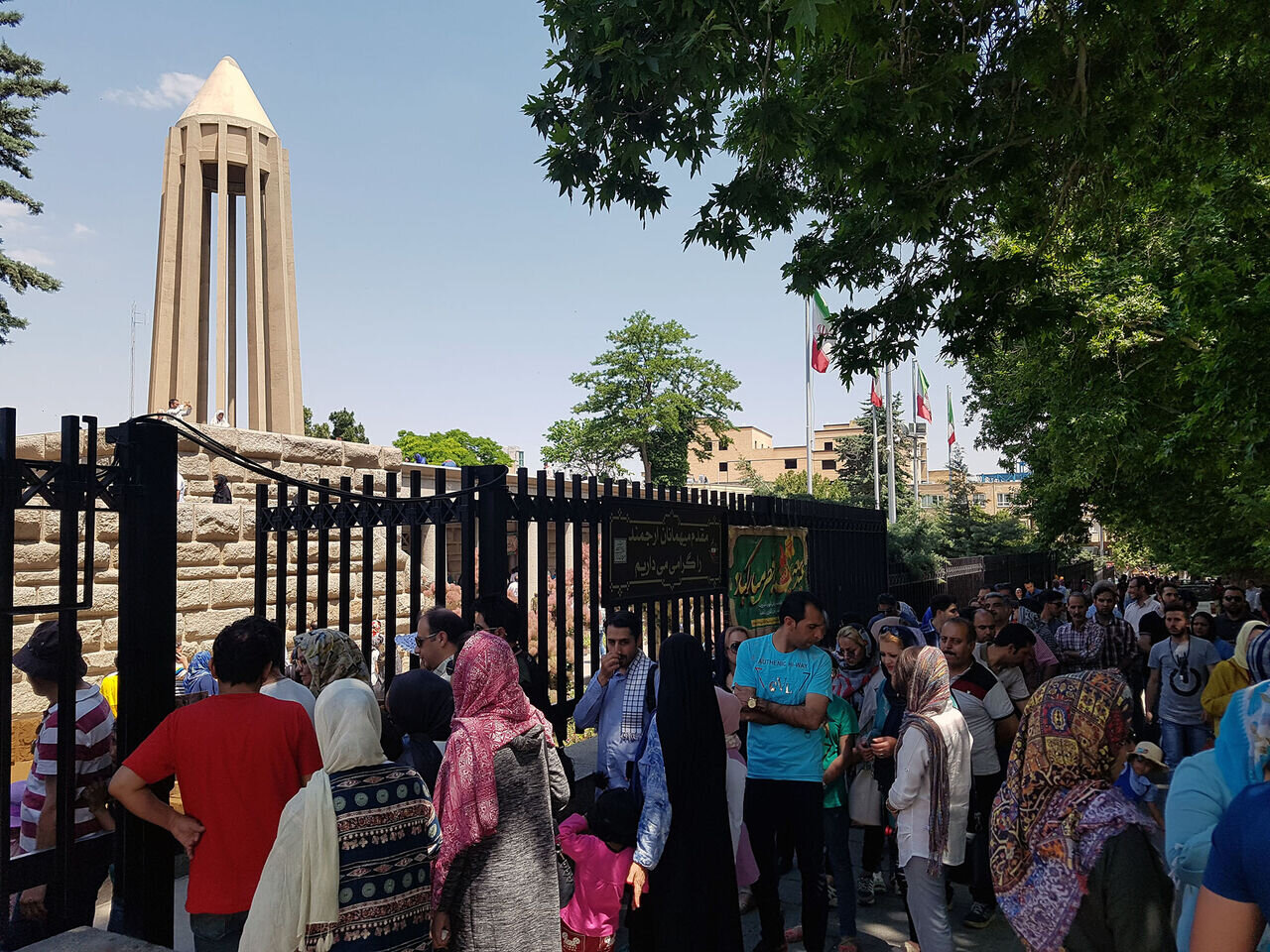Inbound tour operators visit Hamedan on fam tour

TEHRAN – Hamedan province has organized a three-day familiarization tour for a number of inbound tour operators and travel agents in a bid to upsurge its tourism sector.
“The purpose of this tour is to introduce global capacities and brands in Hamedan tourism, with a sharp focus on the introduction of Hegmataneh (ancient Ecbatana),” the provincial tourism chief said on Wednesday.
Mohsen Masum-Alizadeh said that the fam tour is part of a wider scheme that his provincial directorate pursues to encourage tourism in the province.
“This year, we have considered a wide-ranging package for tourism advertising that includes cultural events, advertisements on televised programs and cyberspace, familiarization tours and exhibitions,” the official said.
Experts from more than 30 travel companies have been invited to this fertilization tour scheduled to take place from July 13 to 15, the official explained.
The itinerary of the fam tour includes tens of destinations including Ali Sadr cave, Lehejin village, the archaeological site of Ecbatana, Alaviyan dome, Baba Taher museum, Noushijan mount, the subterranean city of Samen, Malayer’s Mini World, Avicenna mausoleum, Ganjnameh Inscriptions, and a Sacred Defense museum dedicated to Iran-Iraq war, he said.
Iran expects to gain UNESCO status for Ecbatana, which was once one of the world’s greatest cities of ancient times. Currently, it partly overlaps with modern Hamedan.
Ecbatana was once the capital of Medes and later the summer residence for Achaemenid kings. The ensemble is made up of a priceless archeological site and a singular collection of historical ruins.
It embraces artifacts from six different historical eras that are still extant, including an odd collection that belonged to Iran's Christians. It is well protected as a result of its significance to history and culture.
The prehistorical site was first excavated in 1913 by the French Assyriologist Charles Fossey. In 2006, excavations in a limited area of Hegmataneh hill failed to uncover anything older than the Parthian period (247 BC). However, excavations have been limited due to the modern city covering most of the ancient sites.
Around 1220, Hamedan was destroyed by the Mongols. In 1386, it was sacked by Timur (Tamerlane), a Turkish conqueror, and the inhabitants were massacred. In the 17th century, it was partially restored and then frequently changed hands between the Iranian dynasties and the Ottomans.
Located on a high plain, Hamedan is pleasantly cool in the summer but can snow and freeze from December to March. Hamedan attractions include Ali Sadr Cave, Ganjnameh Inscriptions, Avicenna Mausoleum, Hegmataneh Hill, Alaviyan dome, Jameh Mosque, and St. Stephanos Gregorian Church, among others.
AFM
Leave a Comment